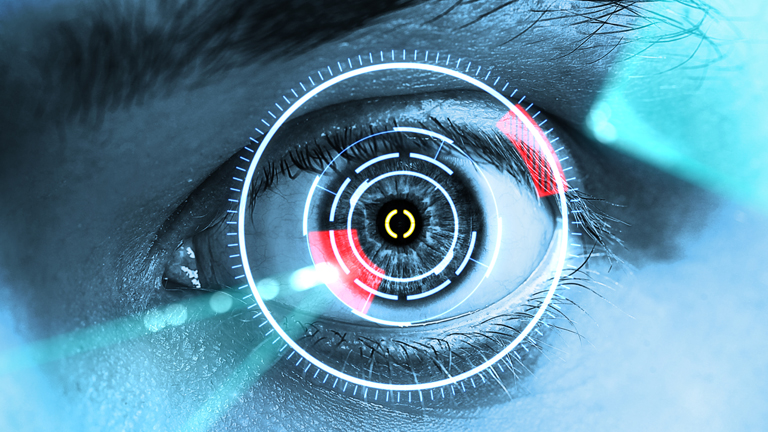24x7x365 Support No. 011-40848888 (Except National Holidays)
24x7x365 Support No. 011-40848888 (Except National Holidays)

Posted On: February 2, 2017
/Categorized In: Biometric News & Updates / Biometric Technology
/Written By: Starlink
If the report by Acuity Market Intelligence is to be believed, this is year is going to be ground-breaking for biometric technology. Digital identities are often criticized and perceived as security and privacy threats. However, the limitations and encumbrances of passwords and PINs are exactly what called for Biometric technology in the first place. The previous year saw an acceleration in biometric adoption across various fields including healthcare, government and banking sectors. With rapid innovations and developments, authentication processes are getting more secure and convenient. Easy integration of biometric technology through wearables and mobile phones has brought it closer to the mainstream population.
Let’s try and speculate how the biometrics would dominate different markets and devices in 2017:
1. Mobile Phone: Just about 3 years ago, Apple came up with fingerprint biometrics for the first time on its device iPhone 5s. It was the first successful attempt at integrating a fingerprint sensor onto a mobile device. 2016 witnessed a major increase in devices equipped with fingerprint sensors. Biometric softwares leverage the built-in applications for authentication. Camera for fingerprint and facial recognition. Microphone for voice and touch screen for behavioral capabilities. By the end of 2017, about a billion functional mobile phones would be in circulation throughout the world. Also, there were a few unsuccessful attempts at iris identification as well. Coupled with fingerprint recognition, iris identification would substantially augment the security level.
2. Smart Cards: With two main models in development stages, biometrics can only be used in smart cards either by integrating a biometric sensor on the card or storing a biometric template in the chip of the card. 2016 witnessed the development of a handful of payment pilots. According to intelligence forecasts, around 145 million biometric smart cards would be used for payments in 2017.
– Integrated Sensor targets at replacing passwords and PINs with fingerprint dominating form of authentication but there’s a possibility that it might soon begin to include heart rate (ECG) sensor.
– Biometric Template on card revolves around capturing a biometric template on a non-integrated sensor in a secure chip. The predominantly used modality in this case is fingerprint recognition and is being used commercially throughout. The world’s largest biometric program, Aadhar is an example of how this can be exploited to its full potential.
3. Wearables: Wearables have been fairly slow to adapt to biometric integration and are between the innovation and pilot stages of adoption curve. Devices such as Nymi band use ECG biometrics for authentication and are used for payments and access control. Other than that, wearable biometric devices are principally used for health and lifestyle monitoring. The market is expected to grow in 2017, we just have to wait for a prominent manufacturer like Apple Watch/Android Wear to come up with biometric wearables with integrated biometric sensors specifically meant for authentication purposes.
One of the hottest areas of technology right now, it’s vital to know that we’re just scratching the surface of its capabilities. With development of biometric sensors across more devices, we’ll see biometric technology grow at a breakneck pace. We are likely to experience a potentially higher level of security assurance as new digital identities get monetized.
